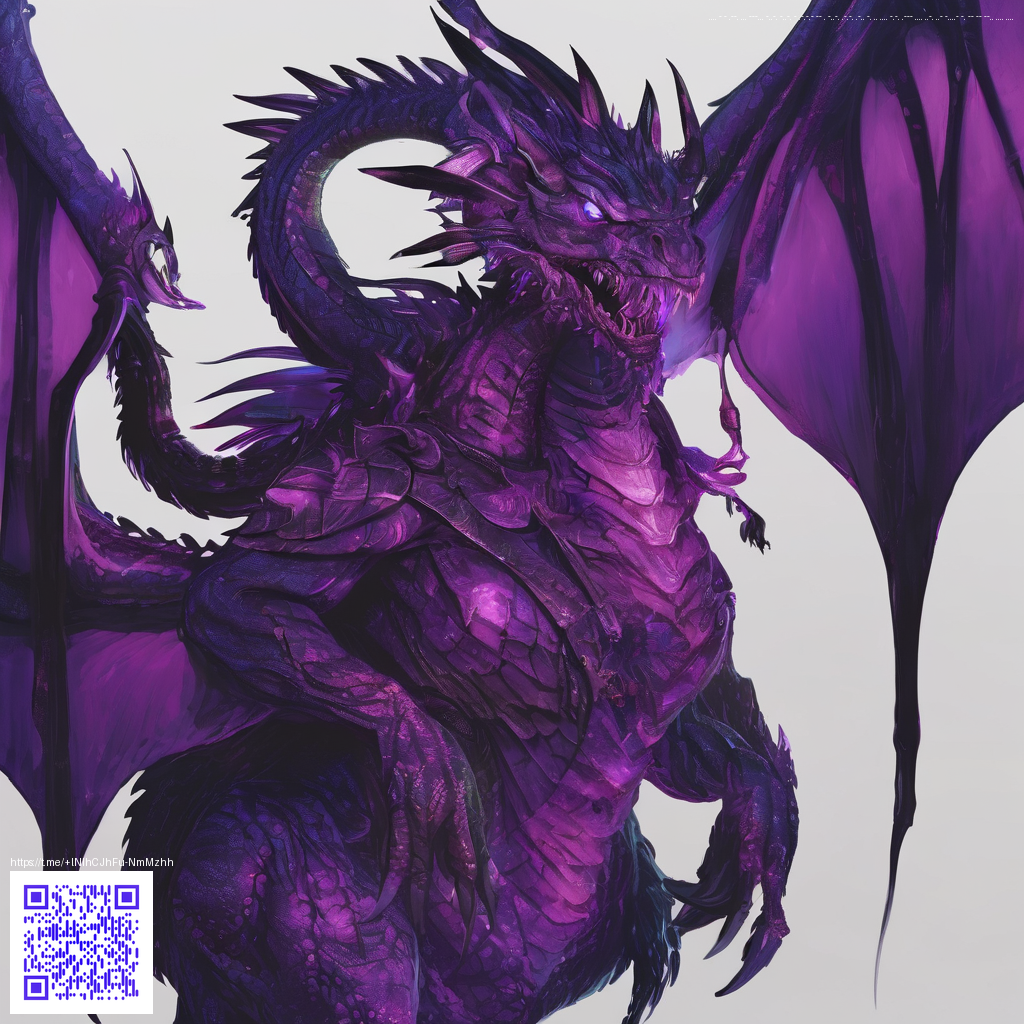Polkadot vs Internet Computer: Which Blockchain Stands Out
In the rapidly evolving world of blockchain platforms, Polkadot and Internet Computer (IC) each offer a distinct path to scaling decentralized applications. Polkadot aims to knit together multiple blockchains with shared security, while Internet Computer pushes toward a public internet-grade platform for canister-based apps. For developers weighing interoperability, governance, and long-term sustainability, understanding the core design choices behind these networks can be the difference between a good project and a lasting one.
Foundations: Architecture and Security Models
Polkadot centers its design on the Relay Chain and parachains. The Relay Chain handles consensus and security, while parachains add specialized functionality. This separation enables shared security across connected networks and a flexible, evolving ecosystem. Polkadot uses Nominated Proof-of-Stake (NPoS) to select validators, with on-chain governance driven by DOT holders. The result is a system that emphasizes cross-chain interoperability and upgradeability through on-chain decisions, rather than hard forks.
By contrast, Internet Computer operates with a radically different philosophy: a decentralized cloud that runs canisters—autonomous software units—directly on-chain. Its governance is coordinated by the Network Nervous System (NNS), an on-chain autonomous system that handles upgrades, economics, and policy decisions. The IC employs threshold cryptography and a novel consensus mechanism that aims for fast finality and internet-scale performance. In practice, IC is optimized for running large, web-scale canisters with a focus on seamless, on-chain software deployment rather than a separate layer of cross-chain messages.
Governance and Upgrades
Polkadot’s on-chain governance is iterative and inclusive. Token holders vote on referenda, and public discussions shape which parachains secure slots on the network. This model supports forkless upgrades and continuous improvements without major network disruptions. The emphasis is on long-term security and predictable governance cycles that align with the needs of multi-chain ecosystems.
Internet Computer delegates governance to the NNS, which automates upgrades and policy changes across the network. This approach can deliver rapid iteration for canister-based apps but may require more upfront alignment among stakeholders. The trade-off is a governance layer that can respond quickly to user needs while maintaining a single, unified execution environment across the platform.
Interoperability vs. Web-Scale Canisters
Polkadot excels at interoperability. Parachains can specialize in different domains—privacy, DeFi, identity, oracles—and still communicate through the Relay Chain. This architecture supports a pluggable, diverse ecosystem with shared security, enabling teams to build focused experiences while still participating in a broader network. It’s a compelling choice for projects that require cross-chain composability and robust cross-chain messaging.
Internet Computer, with itscanister-centric model, shines when projects demand internet-scale compute directly on the blockchain. Developers can deploy complex applications that resemble traditional web services, without relying heavily on external layers. The trade-off is a more centralized style of governance and a development paradigm that prioritizes canister-based deployment patterns and a public network designed to serve web-scale apps.
Developer Experience and Tooling
- Polkadot: Built around Substrate, Rust-based development, and a rich ecosystem of pallets and tools. Developers leverage familiar, modular components to assemble blockchains, integrate with the Relay Chain, and build parachains with shared security.
- Internet Computer: Focused on canister development using Motoko or Rust, with tooling and dashboards designed to manage canisters at scale. The experience emphasizes deploying autonomous software that can run directly on the IC’s internet-scale infrastructure.
Choosing between them often comes down to whether your priority is cross-chain interoperability and a growing multi-chain ecosystem (Polkadot) or on-chain, canister-based web-scale apps with rapid on-network deployment (Internet Computer). For teams already invested in Substrate tooling and Rust, Polkadot may feel more natural. For those chasing a web-native experience where apps live directly on the blockchain, IC’s model can be highly appealing.
“The best choice isn’t a one-size-fits-all decision—it’s about matching the platform to your problem space.”
As you navigate these choices, you might also consider practical considerations for your day-to-day workflow. For developers and enthusiasts who travel light between coding sessions and meetings, protecting your devices becomes part of the planning. For example, a sleek, durable option like the Neon Slim Phone Case for iPhone 16 – Glossy Lexan—available on the product page here—can keep your phone safe while you prototype and test on the go. If you want a quick read on the specific product details, you can also visit the direct page at Neon Slim Phone Case for iPhone 16 – Glossy Lexan for more information.
For a broader reference as you compare materials, ecosystem claims, and upgrade rhythms, you may also want to review discussions and overviews linked from the community hub found at https://x-donate.zero-static.xyz/3e8d988a.html. This page acts as a pointer to similar content and related analyses that can enrich your assessment of Polkadot and IC.
Use Cases: When to Lean Toward Each
Polkadot is especially compelling for projects that require cross-chain composition, on-chain governance by a broad community, and the ability to slot in parachains as the ecosystem grows. It’s well-suited for multi-network DeFi, identity systems, oracles, and enterprise solutions that demand secure interconnectivity without sacrificing modularity.
Internet Computer serves scenarios where developers want to deploy large, web-scale applications directly on-chain, minimizing reliance on external layers and services. It can be attractive for social platforms, content distribution, or complex SaaS-like applications that benefit from a single, scalable execution environment.
Ultimately, the decision hinges on whether your goals are primarily about interoperability and multi-chain collaboration (Polkadot) or on-chain, web-scale application deployment (Internet Computer). Each approach carries distinct trade-offs in governance speed, security models, and developer workflows—and both are shaping a more diverse blockchain landscape.
Similar Content
Page reference: https://x-donate.zero-static.xyz/3e8d988a.html
